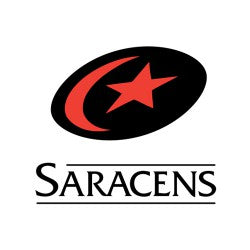Are there two forms of isometric muscle action? Results of the experimental study support a distinction between a holding and a pushing isometric muscle function
Abstract
Background:
In isometric muscle function, there are subjectively two different modes of performance: one can either hold isometrically – thus resist an impacting force – or push isometrically – therefore work against a stable resistance. The purpose of this study is to investigate whether or not two different isometric muscle actions – the holding vs. pushing one (HIMA vs PIMA) – can be distinguished by objective parameters.
Methods:
Ten subjects performed two different measuring modes at 80% of MVC realized by a special pneumatic system. During HIMA the subject had to resist the defined impacting force of the pneumatic system in an isometric position, whereby the force of the cylinder works in direction of elbow flexion against the subject.During PIMA the subject worked isometrically in direction of elbow extension against a stable position of the system. The signals of pressure, force, acceleration and mechanomyography/-tendography (MMG/MTG) of the elbow extensor (MMGtri/MTGtri) and the abdominal muscle (MMGobl) were recorded and evaluated concerning the duration of maintaining the force level (force endurance) and the characteristics of MMG-/MTG-signals. Statistical group differences comparing HIMA vs. PIMA were estimated using SPSS.
Results:
Significant differences between HIMA and PIMA were especially apparent regarding the force endurance: During HIMA the subjects showed a decisively shorter time of stable isometric position (19 ± 8 s) in comparison with PIMA (41 ± 24 s; p = .005).In addition, during PIMA the longest isometric plateau amounted to 59.4% of the overall duration time of isometric measuring, during HIMA it lasted 31.6% (p = .000). The frequency of MMG/MTG did not show significant differences. The power in the frequency ranges of 8–15 Hz and 10–29 Hz was significantly higher in the MTGtri performing HIMA compared to PIMA (but not for the MMGs).
The amplitude of MMG/MTG did not show any significant difference considering the whole measurement. However, looking only at the last 10% of duration time (exhaustion), the MMGtri showed significantly higher amplitudes during PIMA.



































